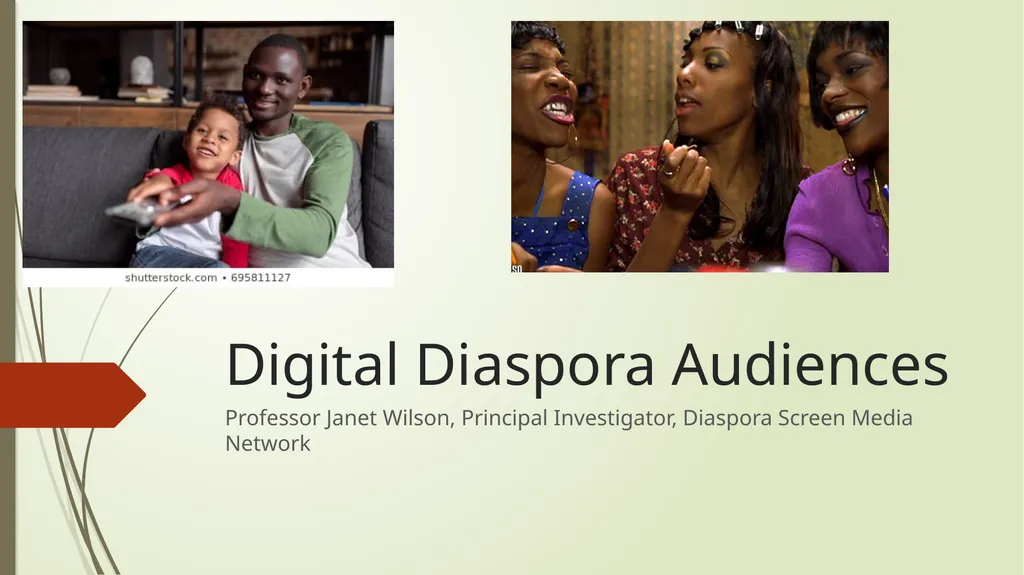
Digital Diaspora Audiences Professor Janet Wilson,
Author: tatyana-admore | Published: 2025-05-29
Description: Digital Diaspora Audiences Professor Janet Wilson, Principal Investigator, Diaspora Screen Media Network Audiences of mediatised digital diasporas changing face of media industry Who are the audiences of mediatised digital diasporas? i.e.
Download Presentation
Download the PPT/PDF: Download
Transcript:
Loading transcript…